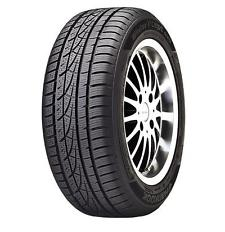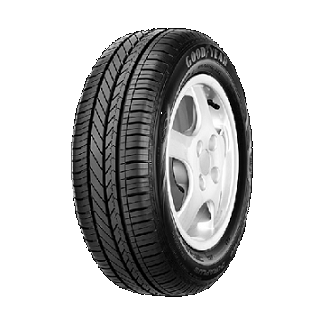In case of vehicles, a tyre blow-out, or a tyre requiring an unplanned and early replacement can become very frustrating. Such incidents often makes us think that maybe the tyre wasn’t strong enough or wonder at if there was some sort of defect, but this is rarely the case. In most cases, the main cause of the failure leading to a blow-out or premature tyre replacement is negligence during routine maintenance or while driving and that it could have completely been avoided.

- Recurring Mechanical Issues
Proper wheel alignment and balancing are very important for the health of the tyres. In addition to this, a good suspension system of the vehicle also adds to the good health of the tyres. Worn-out suspension parts and misalignment can completely make the tyre worn on one side, or in one area of the tyre and also harms the treads. In such cases, it is best to buy tyres online. Even if 5% of the tread is worn through, that area will be the weakest and the most prone to flats. It also contributes to poor ride quality.
While some tyres may slightly be more resistant to irregular wear, and some expensive ones might be resilient too, but prolonged wear may force the owner to replace the tyres. Wear patterns on a tyre tread associated with mechanical issues can easily be identified by any tyre technician or mechanic.
- Another cause of tyre failure is under-inflation.
Under-inflated tyres flex more towards the sidewall and this excessive flexing causes tyres to heat up far beyond normal operating temperatures. The problem further escalates when driving at high speeds during hot weather for a prolonged period. Due to this excessive heat, the rubber of the tyre begins to degrade. If it is driven further it can lead to a rupture in the sidewall of the tyre, or even tread separation. This ultimately results in an immediate and rapid loss of air pressure making the tyre explode with a loud bang, and as we all know, blown-out tyres must be replaced, and it is best to buy tyres online.
- Road Hazards
Even If one is driving down the road at a slow pace, but hits a pot hole or runs over an obstacle or drives down on uneven roads, the tyre takes the full brunt of the impact. The impact manifolds if there is misalignment of the wheels and weak suspension system. The impact is enough for the sidewall of the tyre to compress and be squeezed between the object and the wheel flange. This can rupture the tyres and one of the common external factors for flat tyres.
- One can’t avoid uneven roads but can surely drive carefully to avoid tyre related issues.
Tyre related problems can be avoided by routine check-up of tyre’s air pressure, proper wheel alignment, well maintained suspension system and above all drive carefully on uneven and rough roads. With a little bit of care, attention and prevention, your tyre can give you many years of unsurpassed service.
